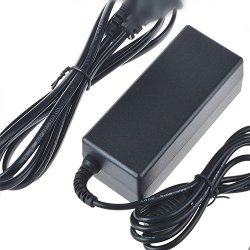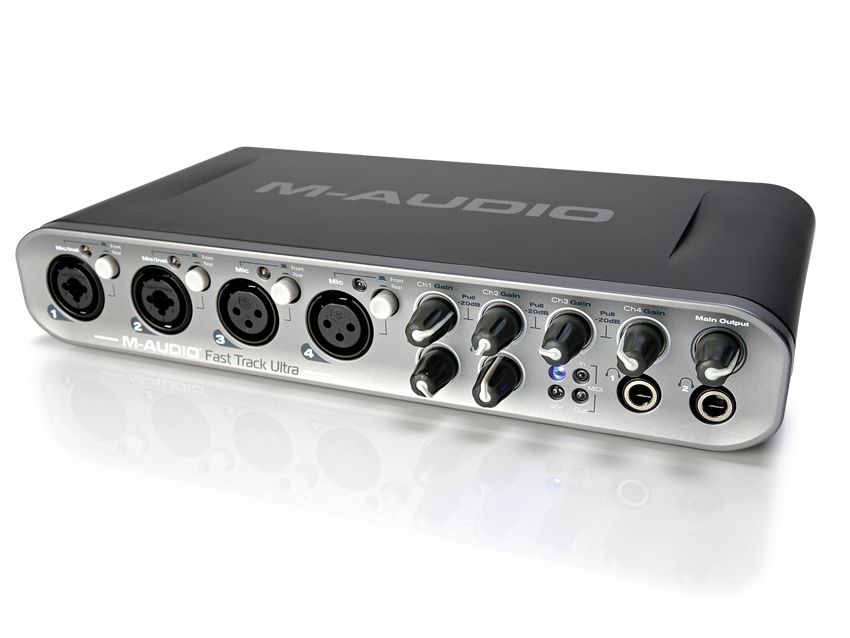
- FAST TRACK ULTRA POWER SUPPLY PDF
- FAST TRACK ULTRA POWER SUPPLY MANUAL
- FAST TRACK ULTRA POWER SUPPLY PATCH
FAST TRACK ULTRA POWER SUPPLY MANUAL
The manual pointed me to the M-Audio web site to check for updated software and, with this downloaded, installation proceeded without a hitch on my system.
FAST TRACK ULTRA POWER SUPPLY PDF
Hardware aside, also included in the box are a printed Quick Start manual, a USB cable, the external power adaptor, and a CD containing the drivers and Control Panel software, further documentation in PDF format and a version of Ableton Live Lite 6 (see the 'Live In The Fast Track Ultra' box). This is a bit of a shame, but in all other respects the Fast Track Ultra seems to be solidly built. While on the subject of power, I was a little surprised that the power socket on the rear of the unit doesn't feature some sort of cable lock, as the jack from the power adaptor seems to have a little play in it when connected and, in the chaos that often ensues in a mobile recording environment, I could easily imagine it becoming dislodged. This is, perhaps, understandable, but it does mean another power adaptor to pack if you want to use the device as part of a mobile recording setup and need more than two analogue channels. Via the USB bus, there is only enough power to drive the first analogue I/O pair and the S/PDIF I/O. The Fast Track Ultra can be powered either via the USB bus or the supplied AC power adaptor. However, they are hardly given a mention in the supplied documentation and, given that the unit is priced at a point that will appeal to the recording novice, this is a pity. It's great to see such inserts included, as they can add considerable flexibility.
FAST TRACK ULTRA POWER SUPPLY PATCH
In addition to the six TRS jack line inputs, the rear panel is completed by two insert jacks (also TRS) that can be used to patch in a hardware processor (such as an analogue compressor) between the preamp and the A-D conversion. S/PDIF I/O is provided on coaxial sockets and these channels can be used simultaneously with the analogue ins and outs, giving an eight-in, eight-out configuration. Next in line are the six TRS jack outputs, followed by the USB 2.0 port and a pair of standard MIDI I/O sockets. The latter is global: on or off for all four channels. Moving from left to right, the rear panel features a power button, an input for the included power supply and a switch for the phantom power.

While fingers of the short and stubby kind are perhaps not best suited to the closely packed knobs, overall, M-Audio have done a good job of getting a lot of functionality into what is a small-footprint interface. The other knobs control the main output level and the output levels of the two independent headphone outs. A 20dB pad is included, which can be useful for recording particularly loud signals and is engaged by pulling the respective gain knob out - it clicks firmly into either position. The Fast Track Ultra's rear panel accommodates most of the unit's I/O connections.The right side of the front panel hosts four gain controls for the mic preamps (offering about 60dB of gain). The preamps are based on M-Audio's Octane technology, as found in the more upmarket Profire 2626. Each input also features a single LED for use when setting levels, which flashes green for a healthy signal level and red when the signal is getting a little hot - basic in terms of metering, but not dissimilar to that found on many compact audio interfaces.

A push-button located to the top right of each input allows the user to switch between the front-panel input and the corresponding quarter-inch jack inputs on the rear panel. Two of these (channels 1 and 2) feature combi XLR/TRS connectors suitable for balanced or unbalanced mic and instrument signals, while the other two (channels 3 and 4) use standard XLR sockets. The front panel is dominated by the four microphone inputs.

With a footprint not much bigger than a Harry Potter novel, the Fast Track Ultra packs a lot of features into a pretty small space. So if you are in the market for a compact, multi-channel audio interface with a few bells and whistles thrown in, is the Fast Track Ultra worth a serious look? Warm-up Lap However, the feature that perhaps immediately causes the Fast Track Ultra to stand out is its onboard DSP processing.

This is all housed in a compact desktop unit with USB 2.0 connectivity to the host computer. The latest addition to your dilemma is M-Audio's Fast Track Ultra, which provides six-in/six-out analogue audio interfacing with 24-bit audio at sample rates up to 96kHz, alongside stereo S/PDIF digital I/O and MIDI I/O. There is no denying that home and project studio owners have never had a better range of audio and MIDI interfaces to choose from, whatever their budget or feature requirements. The world is simply teeming with audio interfaces these days, so what does M‑Audio's latest offering, the Fast Track Ultra, have that the others don't?


 0 kommentar(er)
0 kommentar(er)
